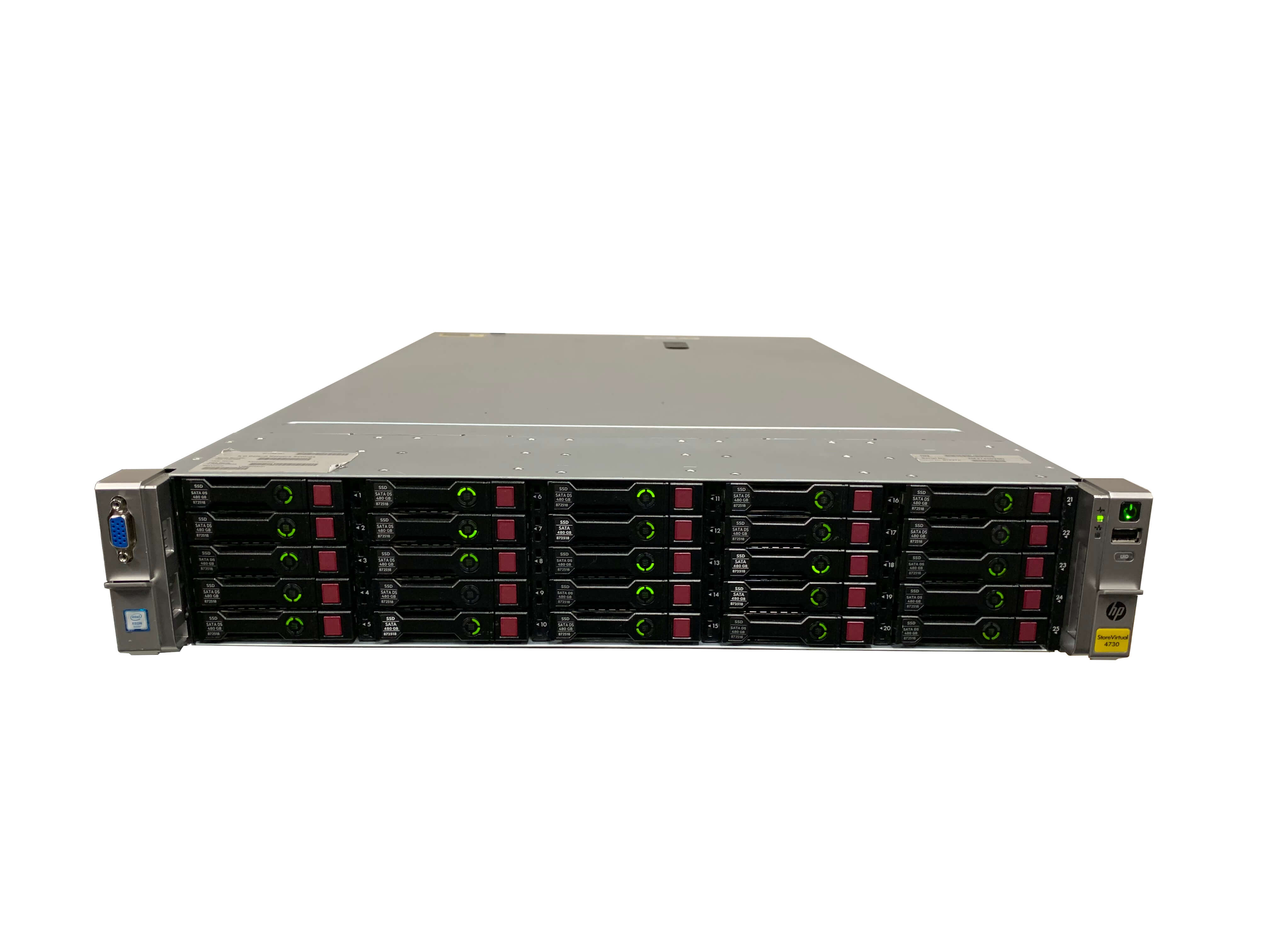Addressing HPE Storage Drives Issues Before Drive Failure Occurs
Posted by Michael Ramirez on 25th Jan 2023

Server technology is finite in terms of use. Each server part within a system is at some point going to degrade in performance over time. This is especially true of the two server parts within a system: hard drives and power supplies. When these two devices suddenly fail, it can lead to a litany of issues such as surprise data loss, having to rebuild an entire array, or the disruption of vital data writing processes. Luckily, there are many diagnostic features that HPE provides that allows you to see the lifetime of your drive! This even includes when it is time to replace a hard drive. These options give you the ability to take proactive steps to ensure your systems stay up and running constantly. We will go over a variety of ways you can take steps to replace your drive when it is expected to fail.
HPE Drive Trays and Status LED Icons
Every single HPE hard drive tray or caddy, have LED icons that display the status of the drive. Most notably is the amber light. Often referred to as the “amber light of death,” the amber light is a sign that your drive has failed and needs to be replaced. When drives are expected to fail over the coming months, they will display a flashing amber light on the drive tray. On many servers, amber lights often indicate a failure.
Anytime you see an amber light on one of your devices whether, it is a power supply unit for a hard drive, then either:
- 1. This server part has failed and must be replaced.
- 2. This server part is expected to fail in the future and should be replaced immediately.
The amber light is something I.T managers or businesses don’t want to see occurring in their server hardware. Unfortunately, server hard drives have expected lifetimes in the form of lifetime writes. A lifetime write means the amount of data that was written to the drive throughout its lifetime. Overtime, the performance of the server hard drive degrades as data gets written to the drive, and re-written to the drive. Furthermore, the spinning platters in a traditional hard drive will degrade in performance as well.
HPE solid state drives tend to last much longer vs traditional hard drives due to having no moving parts within the drive. Hard drives in general contain moving parts such as rotating platters that will degrade in performance as rotational vibrations cause wear and tear on the platters. Because solid state drives don’t have moving parts, these drives will have a longer lifespan. Solid state drives still, however, have a maximum capacity of lifetime writes, although it far exceeds the total lifetime writes for a traditional hard drive.
A failing hard drive can potentially lead to data loss or having to rebuild an entire array. This could become a very troublesome experience, especially when it interrupts vital data writing. Some server hard drives can unexpectedly fail, but from our experience, this occurrence is very rare.
As I.T professionals, we want to keep your servers operating smoothly with little to no interruption to our business operations. Servers need to be up and running 24/7, especially when operating in ecommerce environments or when processing loads of data.
We have, however, seen diagnostic reports that display the current status of the drive and give us a warning to let us know that a drive is expected to fail. So why would you want to proactively address issues with failing hardware? Here are a few reasons why:
- 1. Staying one step ahead means you can maintain your critical server infrastructure without having to experience downtime.
If you are running your servers in enterprise applications, the need to stay in operation with little to no interruption is critical.
- 2. Ordering critical server hardware might take a long time to arrive.
Many server parts, such as solid state drives, are in high demand due to their performance and reliability. This means purchasing these drives might be difficult, especially when they are out of stock or there are supply chain shortages. HPE solid state drives with large storage capacities can take months to enter back into the market for sale.
- 3. Shipping server hardware overnight or with expedited shipping is very costly.
You can expediate the shipment of critical server hardware, but this will become costly if multiple drives fail at once. Ordering 5 hard drives overnight can easily net you a $60 dollar bill. If it’s a power supply unit that has failed, then you can expect to pay quite a lot to have it shipped overnight.
Luckily for us I.T professionals, we often take proactive approaches to address any issues that might occur in the future. And HPE provides us with many great features we can use to diagnose and determine when a drive is going to fail in the future.
For more information on all the different types of server hard drive trays, check out our quick overview of HPE server hard drive trays.


